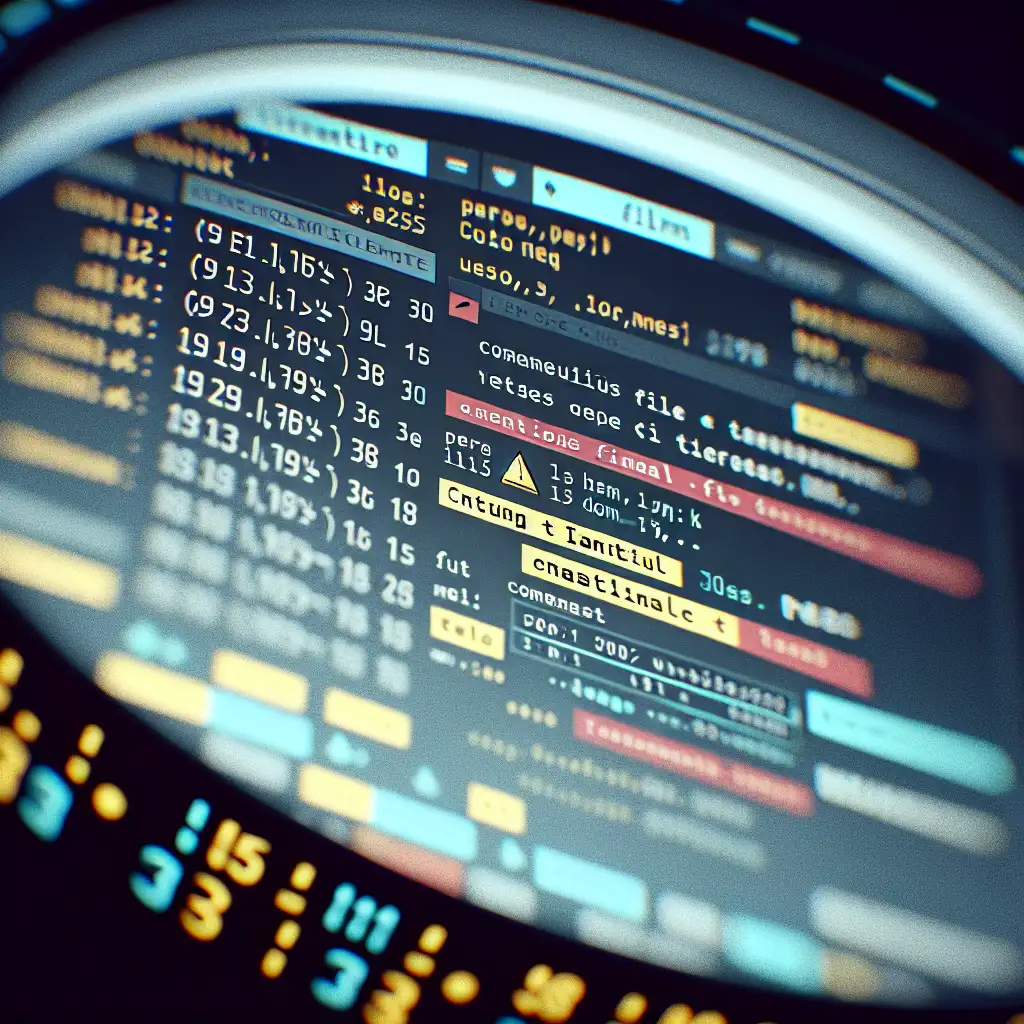Mastering the 'mv' Command: Efficient Linux File and Directory Transfers
Misplaced a file on a production server? Recovered from an overwrite? If not, it's likely because you've internalized mv best practices. For anyone managing Linux systems—whether via command line on Ubuntu 22.04 LTS or scripting in a mixed distro environment—the mv command is essential, yet easy to misuse.
mv: Core Behavior and Syntax
mv (short for “move”) both relocates and renames files or directories. Unlike the GUI's drag-and-drop, mv settles the matter in milliseconds—and is utterly unforgiving. Move a config file with a typo? You may not know until hours later.
Syntax:
mv [OPTIONS] SOURCE TARGET
SOURCE: File(s) or directory(ies) to move
TARGET: Existing directory for placement or new filename/path for a direct rename/move
Example:
mv nginx.conf /etc/nginx/nginx.conf.bak
Common scenario: Rename a live configuration before planned edits.
Overwrite Hazards and Safeguards
Default behavior: mv will silently replace any existing file at TARGET. This is non-negotiable unless you intervene.
Table: Risk Scenarios with Defaults
| Action | Risk | Mitigation |
|---|---|---|
| Bulk log rotation with wildcard | Loss of last good logs | Use -i or -n |
| Automated scripts moving exports | Data clobbering in staging area | Test with -n, log output |
| Typos in destination path | Data scattered in home dir | Use absolute paths, -v |
-i / --interactive: User Confirmation
Forces user prompt before overwriting.
Handy when moving multiple files into a directory with pre-existing names.
mv -i results.csv backup/
# Output:
mv: overwrite 'backup/results.csv'?
Downside: Not suitable for non-interactive scripts.
-n / --no-clobber: Silent Skipping
Prevents overwrites without asking.
Recommended in batch scripts where human interaction isn’t ideal.
mv -n *.bak /var/backups/
# All files with conflicts will not be moved or overwritten.
Known issue: No indication which files were skipped unless paired with -v.
-v / --verbose: Operation Log
Logs each move/rename, which helps with troubleshooting.
mv -v config.yaml /tmp/
# Output:
'config.yaml' -> '/tmp/config.yaml'
Combine with -i or -n for safer automation.
Renaming on Move
Renaming a binary during deployment is a typical sysadmin pattern:
mv myapp myapp_20240608
Or, atomically updating a symlinked executable:
mv -v new_release /opt/releases/myapp && ln -sfn /opt/releases/myapp /usr/local/bin/myapp
Bulk File Relocation
Grouping action reduces risk and command fatigue. Example:
mv logs/*.gz /mnt/archive/logs/
Moves only compressed logs, leaves future logs untouched.
Directory Moves: Gotchas
No -r flag on mv—recursion is implicit. Permissions remain crucial. Moving across filesystems invokes a copy+delete operation (affects inode links and performance).
mv /var/www/oldsite /srv/legacy/
Note: Moving between filesystems may briefly expose partially moved directories.
Combining with find
For advanced batch moves, combine with find (GNU findutils >=4.7). Example: Move logs untouched for over a month, but never overwrite existing logs.
find /var/log -name '*.gz' -mtime +30 -exec mv -n {} /mnt/archive/oldlogs/ \;
Non-obvious tip: For logging results, wrap mv in a shell function or append -v.
Practical Error Sample
Attempting to move over a file:
mv -i test.conf /etc/
mv: overwrite '/etc/test.conf'? n
# File left untouched.
Summary Table: Key Flags
| Flag | Description | Use Case |
|---|---|---|
-i | Interactive prompt | Manual interventions |
-n | Skip existing files | Automated batch scripts |
-v | Verbose output | Auditing/live debugging |
Side Note: SELinux and Extended Attributes
On systems with SELinux or specific file capabilities, mv may preserve or inadvertently drop context. Always audit attributes with ls -Z or getcap before and after large moves.
Final Observations
mvis atomic within the same filesystem; cross-device moves are not.- Leverage dry runs with
-nand audit with-vbefore unleashing scripts on critical systems. - For mass renames, investigate
renameormmvbut weigh complexity.
Linux file management hinges on knowing when mv will do exactly what you ask—and nothing more. Mistakes compound quickly; the right flags prevent most postmortems.
